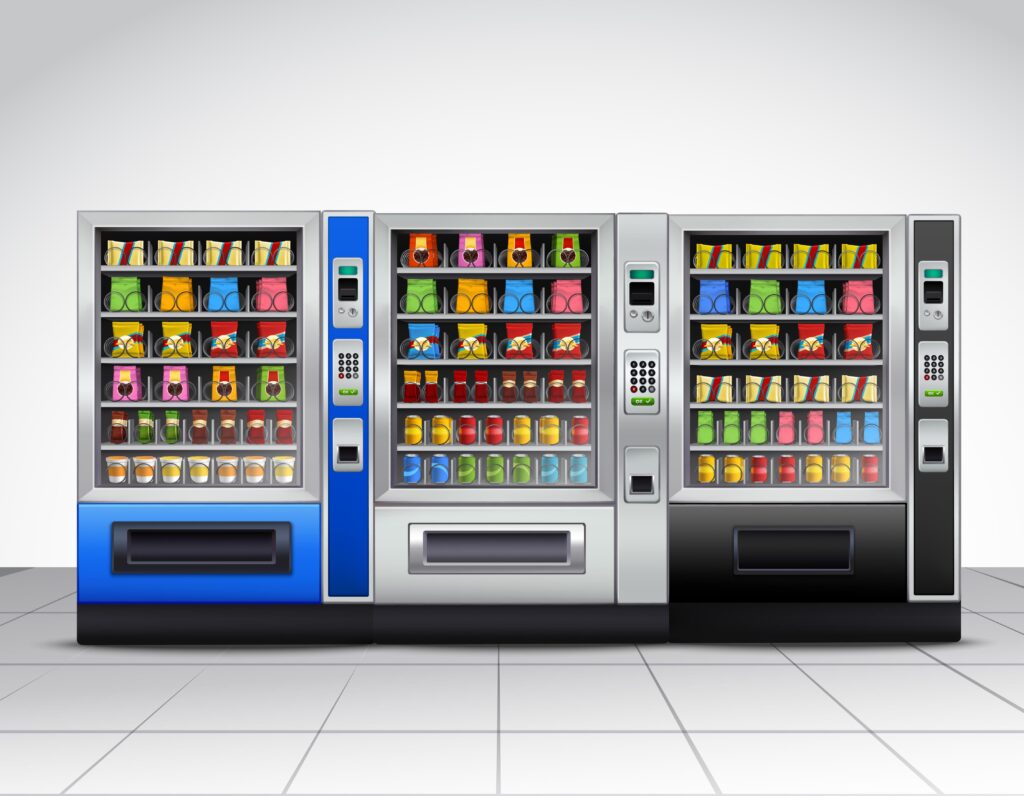Open any successful restaurant’s books and you’ll find more than just margins and line items. You’ll see decisions made, risks taken, instincts confirmed (or proven wrong). In hospitality, the financial model doesn’t sit in a spreadsheet. It moves, daily, between what’s ideal and what’s actually happening. It’s tempting to think of modeling as something for
Category Archives: Financial Models
Building, analyzing, and optimizing financial models for businesses and investments.
Short-term financial analysis reveals a company’s momentum, adaptability, and risk exposure. While single-year snapshots miss structural shifts, a two-year horizon balances recency with trend validation. Evaluating performance over two fiscal years enables actionable insights on profitability, efficiency, liquidity, and capital structure evolution. Analytical Framework: Core Metrics Tracked Over Time A two-year analysis must prioritize comparability
A pool cleaning business operates in a high-retention, recurring service model where profitability depends on route density, technician efficiency, and contractual monthly billing. With low CapEx and minimal inventory, the model generates strong cash flow when structured around geographic clustering, add-on service upsells, and tight scheduling. Profit is earned through repeat volume and labor control
A vending machine business is one of the most capital-efficient ways to generate recurring, semi-passive income. With low overhead, minimal staffing needs, and scalable unit economics, successful operators can build highly profitable micro-retail portfolios. Yet actual income varies widely depending on location quality, product mix, and route efficiency. This analysis breaks down exactly how much
A vending machine business operates in a high-margin, semi-passive retail format where profitability depends on SKU velocity, location quality, and restocking efficiency. With low labor requirements and 24/7 revenue potential, the model is ideal for high-traffic zones, provided operators maintain tight COGS control, minimal stockouts, and centralized route management. Profit flows not from volume, but
A laundry shop operates in a repeat-service, location-driven segment where profitability depends on machine throughput, load pricing discipline, and utility cost control. While CapEx is relatively high due to equipment investment, the model scales efficiently through self-service, drop-off, and value-added offerings like ironing or delivery. Profit is driven by machine utilization per hour, not customer
A claw machine business operates as a low-CapEx, passive-revenue entertainment model where profitability hinges on placement volume, prize sourcing cost, and payout cycle calibration. Margins are structurally high due to low COGS and minimal labor requirements, but success depends on foot traffic density, machine uptime, and maintenance discipline. The model scales through unit replication, not
A massage chair business operates at the intersection of retail leasing and micro-service vending, where profitability depends on location foot traffic, uptime efficiency, and revenue per square foot per hour. The model offers attractive margins through minimal labor, low maintenance, and automated payment systems, provided the operator selects high-conversion locations and maintains strong service intervals.
Precedent transaction analysis (PTA) is a market-based valuation method that derives implied company value from historical M&A transactions. Unlike trading comps, which reflect ongoing public company valuations, PTA captures control premiums and deal-specific dynamics. It is a critical tool in M&A negotiations, fairness opinions, and strategic planning. Model Mechanics: Structure, Inputs, and Outputs A well-constructed
Trading comparables offer a market-driven benchmark for valuing private or public companies. The method is rooted in relative valuation: comparing a company’s financial metrics against similar firms to infer its implied value. It is favored in M&A, equity research, and IPO pricing due to its simplicity, speed, and alignment with investor expectations. Model Design: Core












